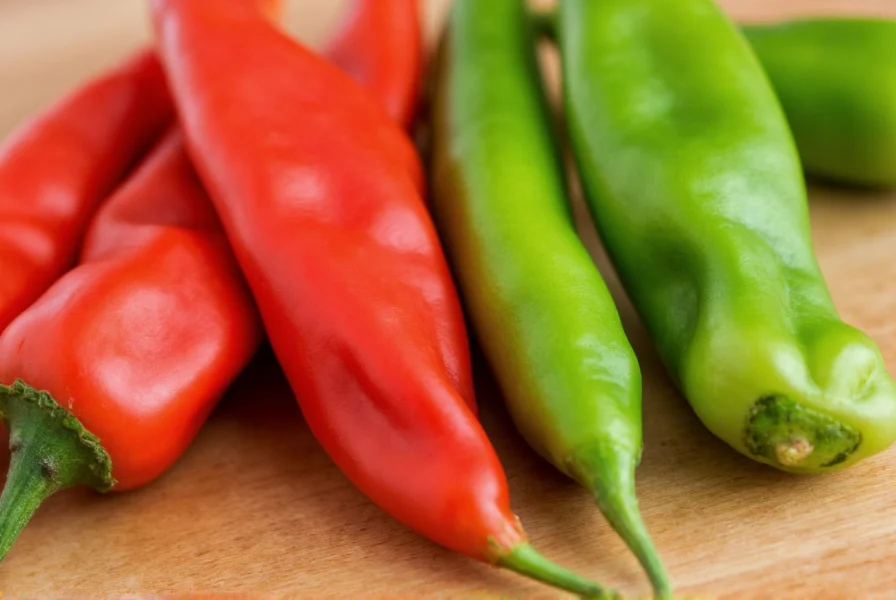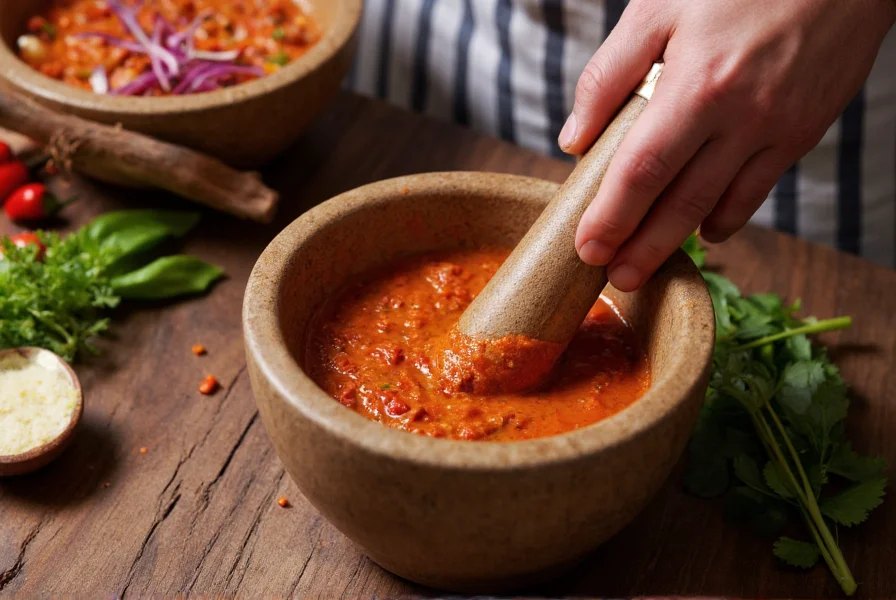When searching for \"tie chili\" information, most users are actually looking for details about Thai chilies - the vibrant red or green peppers essential to authentic Thai cooking. This common spelling confusion creates significant search challenges, but understanding the distinction provides immediate value for culinary enthusiasts and home cooks.
Understanding Thai Chilies: Beyond the Spelling Confusion
The persistent \"tie chili\" search query reveals a widespread spelling error that obscures valuable information about one of Southeast Asia's most important culinary ingredients. Thai chilies, properly spelled, represent a specific category of small, potent peppers that form the backbone of Thai flavor profiles. These chilies aren't just ingredients - they're cultural touchstones that transform ordinary dishes into authentic Thai culinary experiences.

Botanical Identity and Characteristics
Thai chilies (Capsicum annuum var. bird's eye) belong to the Solanaceae family and feature distinctive characteristics that set them apart from other chili varieties:
| Characteristic | Thai Chili | Comparison to Jalapeño |
|---|---|---|
| Size | 1-2 inches long | Significantly smaller |
| Shape | Slim, tapered, upward-pointing | More slender and straight |
| Heat Level | 50,000-100,000 SHU | 6-20x hotter |
| Flavor Profile | Floral, bright, intense heat | More complex, less vegetal |
Common Varieties and Color Stages
Thai chilies appear in multiple color variations, each offering slightly different flavor profiles while maintaining their signature heat:
- Green Thai chilies - Unripe stage with grassy, fresh flavor (70,000-85,000 SHU)
- Red Thai chilies - Fully ripe with sweeter, more complex heat (80,000-100,000 SHU)
- Yellow-orange Thai chilies - Transitional stage with balanced heat and fruitiness
Many Western consumers confuse Thai chilies with similar-looking varieties like cayenne or serrano peppers. The authentic Thai bird's eye chili maintains a distinctive upward-pointing growth pattern and thinner walls than most substitutes.

Culinary Applications and Handling Tips
Professional chefs emphasize several key considerations when working with authentic Thai chilies:
- Heat management - Thai chilies deliver immediate, intense heat that builds gradually. Start with half a chili and adjust to taste.
- Preparation technique - Never remove all seeds; the placenta (white membrane) contains most capsaicin. For milder heat, remove only some seeds.
- Cooking sequence - Add early for infused heat throughout the dish, or later for brighter, more pronounced chili flavor.
- Safety precautions - Always wear gloves when handling and avoid touching your face. Wash hands thoroughly with soap after preparation.
Growing Thai Chilies at Home
Gardeners seeking authentic Thai chilies should note these cultivation requirements:
- Require 8-10 hours of direct sunlight daily
- Thrive in temperatures between 75°-90°F (24°-32°C)
- Need well-draining soil with consistent moisture
- Typically mature in 80-100 days from planting
- Produce abundant yields when properly cared for
Container gardening works exceptionally well for Thai chilies, making them accessible even to urban gardeners. The plants often continue producing for multiple seasons in suitable climates.
Nutritional Benefits and Scientific Research
Beyond their culinary value, Thai chilies offer notable health benefits supported by nutritional science:
- Exceptionally high in vitamin C (more than oranges by weight)
- Contain capsaicin, which may boost metabolism and reduce inflammation
- Rich in antioxidants like beta-carotene and flavonoids
- May support cardiovascular health when consumed regularly
- Traditional medicinal uses include pain relief and digestive stimulation
Researchers continue studying the specific compounds in Thai chilies, with promising findings about their potential anti-cancer properties and metabolic benefits. The unique combination of heat compounds in bird's eye chilies appears more potent than in many other chili varieties.
Finding Authentic Thai Chilies
Locating genuine Thai chilies requires attention to detail:
- Asian grocery stores typically carry fresh varieties year-round
- Look for firm, glossy peppers without wrinkles or soft spots
- Frozen Thai chilies maintain quality better than dried versions
- When unavailable fresh, quality Thai chili paste makes an acceptable substitute
- Avoid \"Thai hot chili\" labeled products that are actually serranos
Understanding the difference between authentic Thai chilies and common substitutes represents the first step toward creating genuinely flavorful Thai dishes. The distinctive heat profile and floral notes simply cannot be replicated with other chili varieties.











 浙公网安备
33010002000092号
浙公网安备
33010002000092号 浙B2-20120091-4
浙B2-20120091-4